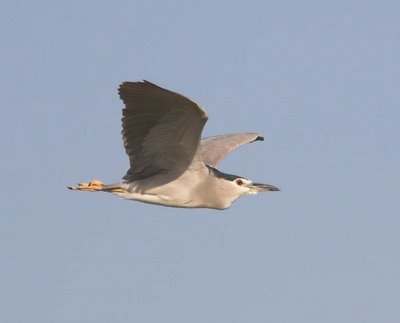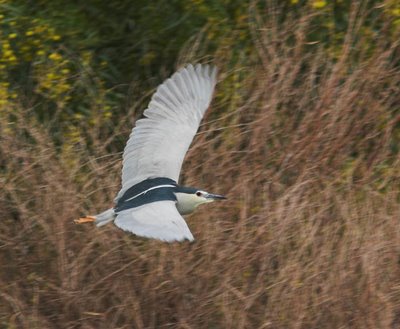




arguably herons are easy to photograph as they are quite common and large and are restricted to wetlands but in reality getting shots which say a little more about the bird do not come around that often---I took lots of herons, egrets and ibis but these are my pick of the Night Herons, Cattle Egret, Little Egret and Glosy Ibis
No comments:
Post a Comment